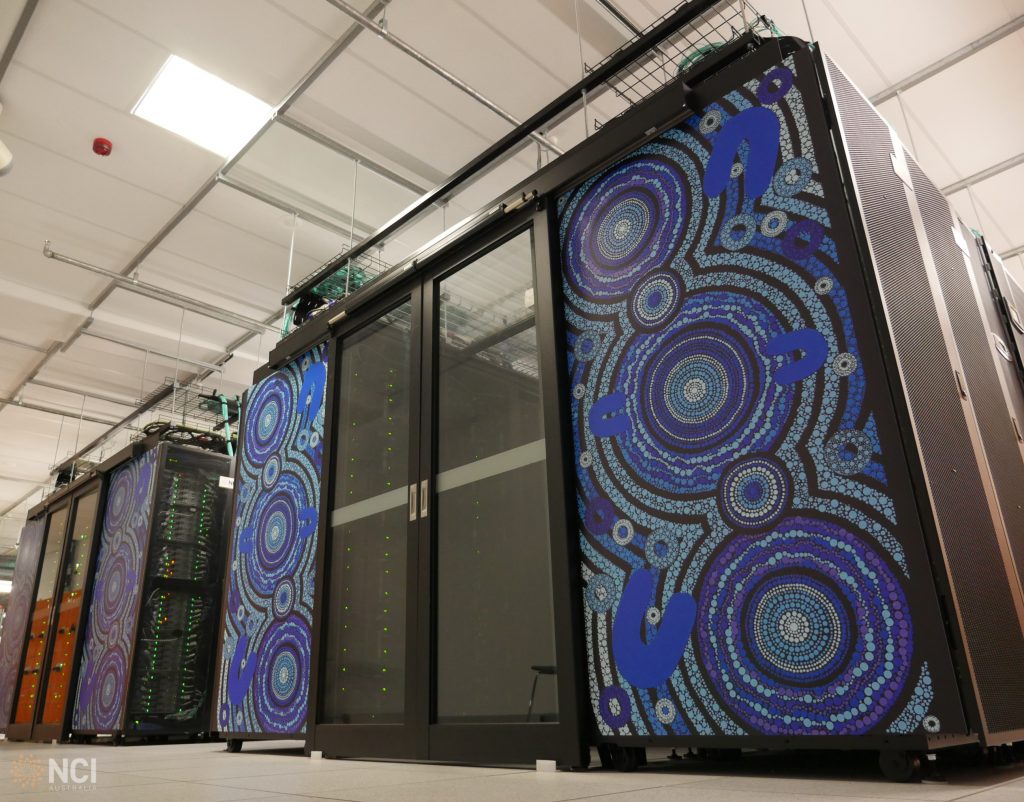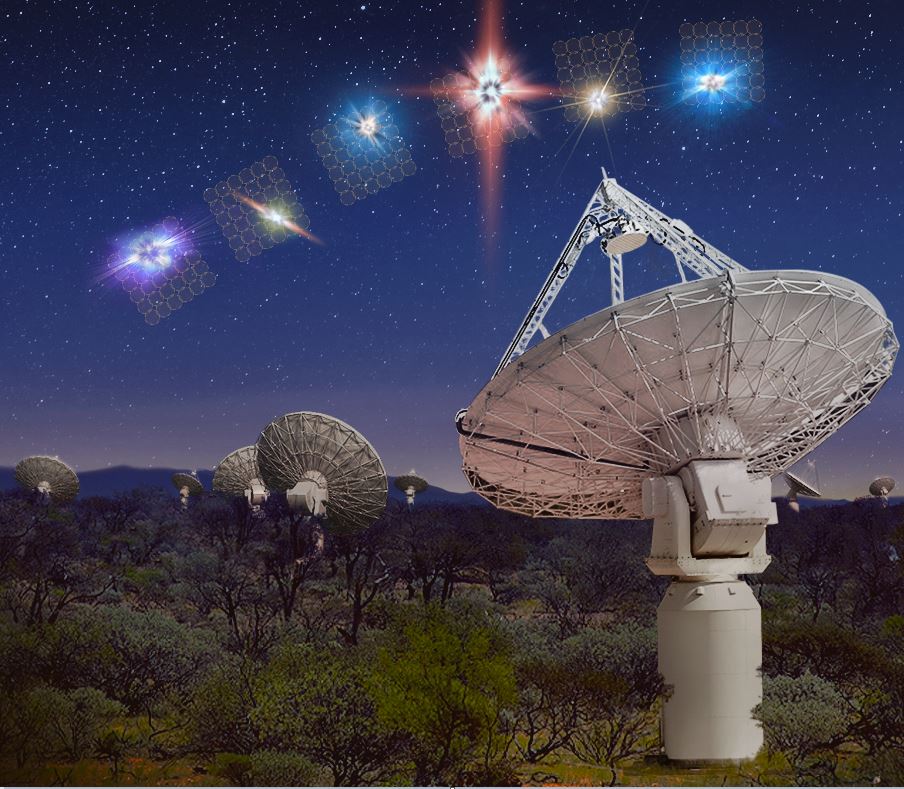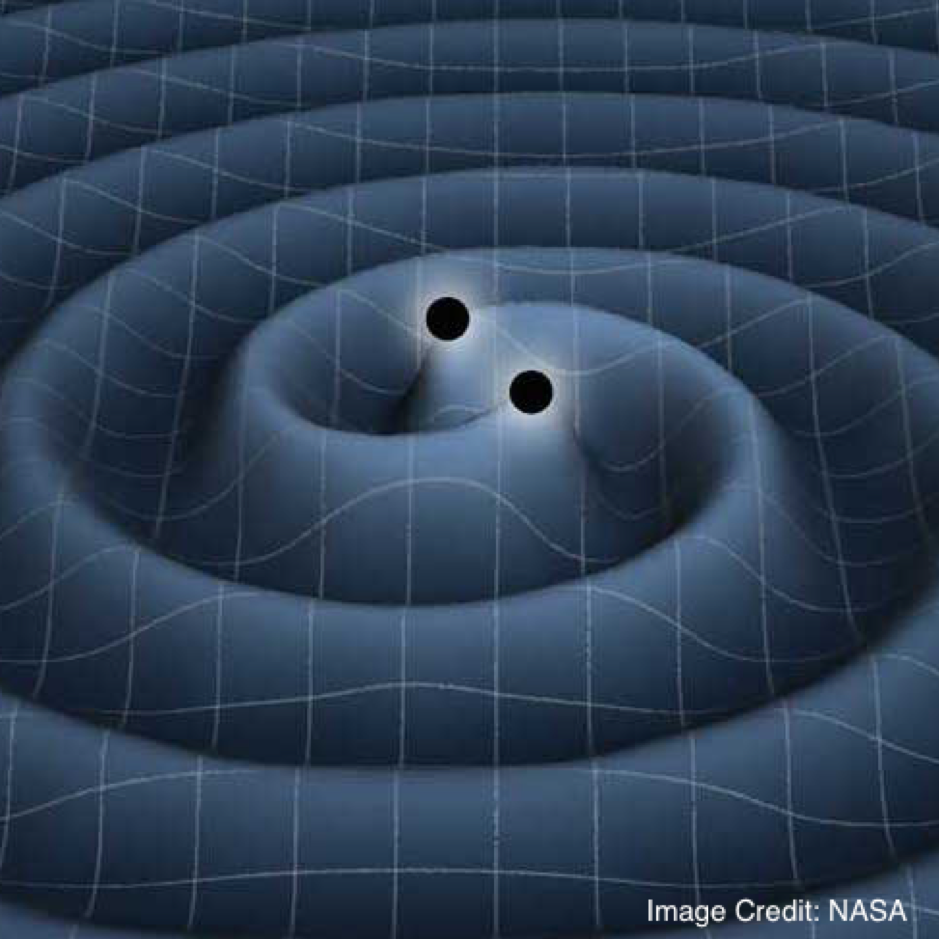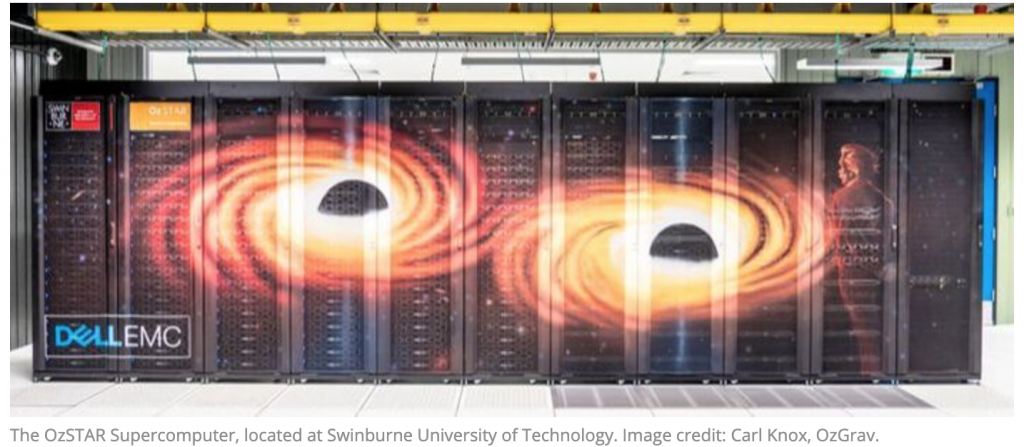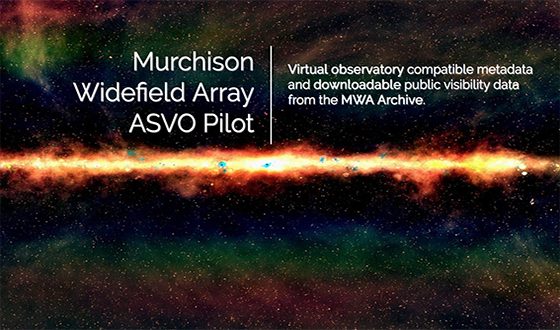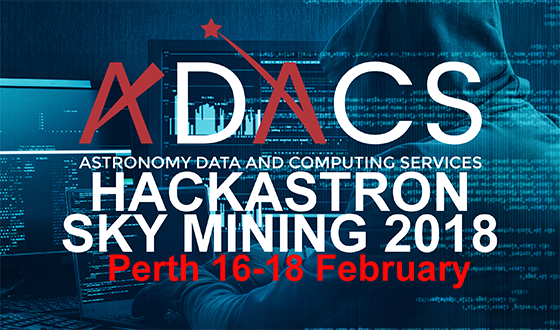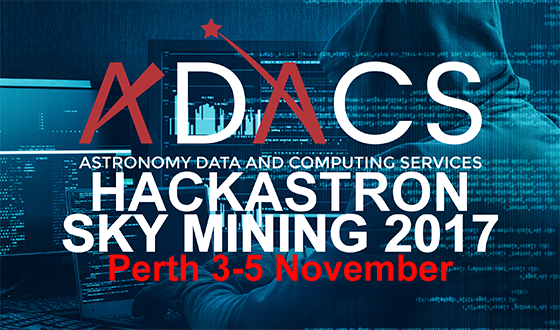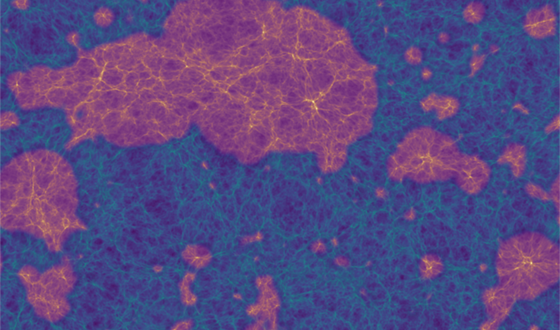Dedicated Astronomy Access to the NeCTAR Cloud
In 2020 Astronomy Australia Limited (AAL) and Swinburne University of…
First round of ASTAC Large Program allocations on NCI Gadi announced
Astronomy Australia Limited (AAL) has purchased 20 million service units…
Optimising FRB searches using GPUs
Fast radio bursts are millisecond bursts of radio waves. They…
GPU acceleration of gravitational-wave signal models
Neutron stars merge roughly every 15 seconds somewhere in the…
ADACS successfully deploys YandaSoft on OzSTAR
In late 2019, ADACS successfully deployed the astronomical calibration and…
MWA-ASVO pilot now live
The primary objective of the Murchison Widefield Array (MWA) node…
Simplifying access to High-Performance Galaxy Modelling
Using software support resources acquired under the 2017B semester of the ADACS Software Support scheme, ADACS has enabled an outward-facing user interface for GBKFIT: a publicly-available application for kinematic galaxy modelling. Features include a range of accepted data inputs (including flux, velocity, and velocity dispersion maps, as well as spectral cubes) and kinematic models (including exponential, flat, arctan, Epinat, and more), all wrapped in a secured web application (including a relational database and workflow management system) enabling providing support for a rich user community.
NEW DATES: Sky Mining 2018
We are pleased to announce the new dates for the…
Sky Mining 2017 Hackastron – Challenges announced
Sky Mining 2017 is a public hackathon taking data science…
Speeding-up Reionization with GPUs
Using software support resources acquired under the 2017B semester of the ADACS Software Support scheme, Dr. Simon Mutch of the University of Melbourne has partnered with ADACS in the effort to supply accurate theoretical models capable of predicting the progression of this transition, and of interpreting these exciting observations once they become available.


